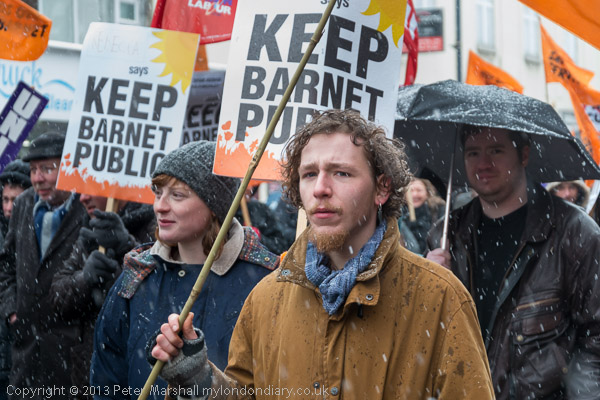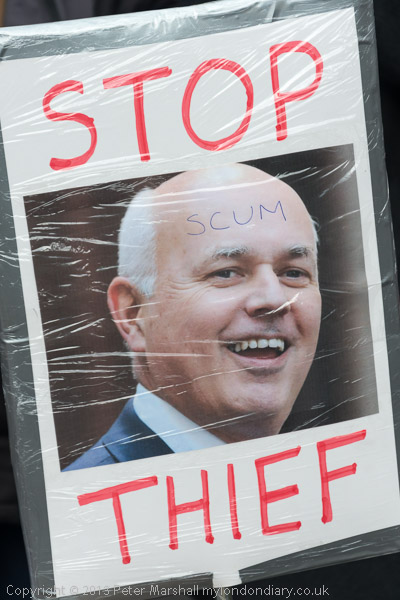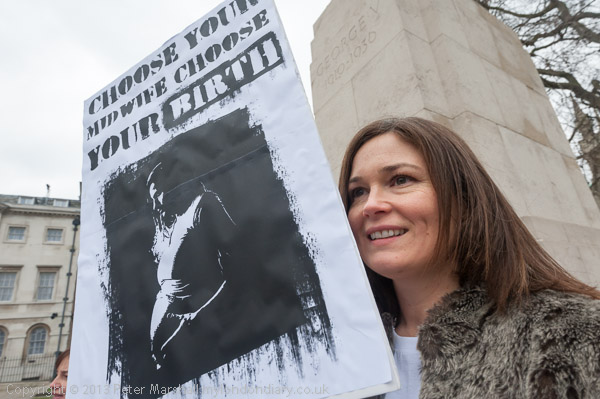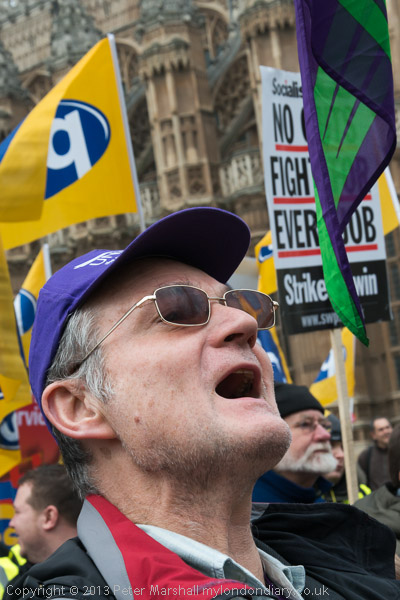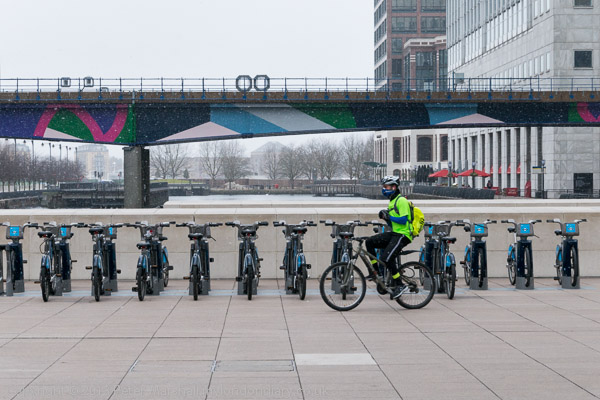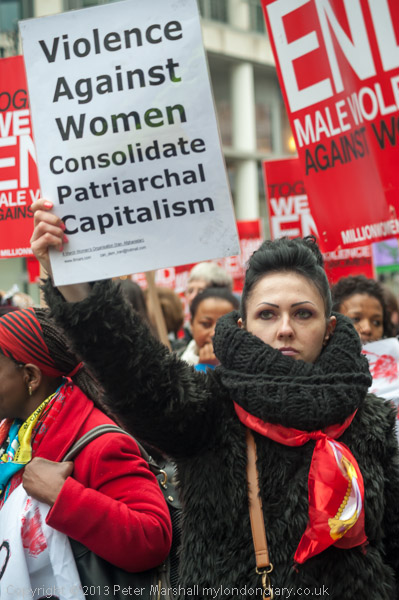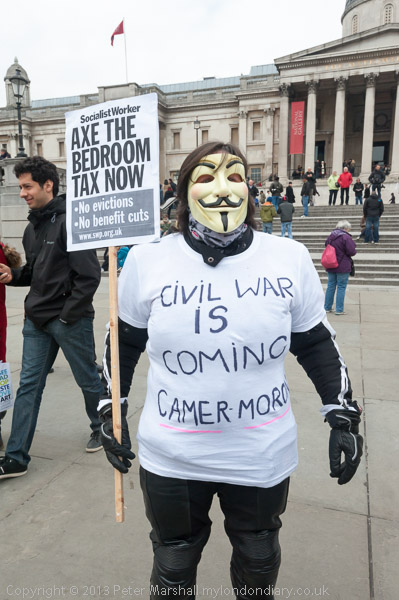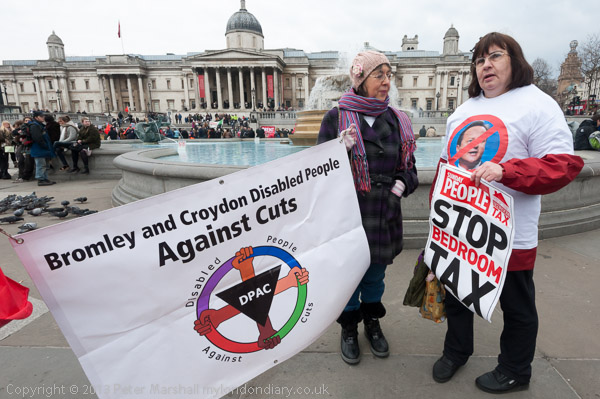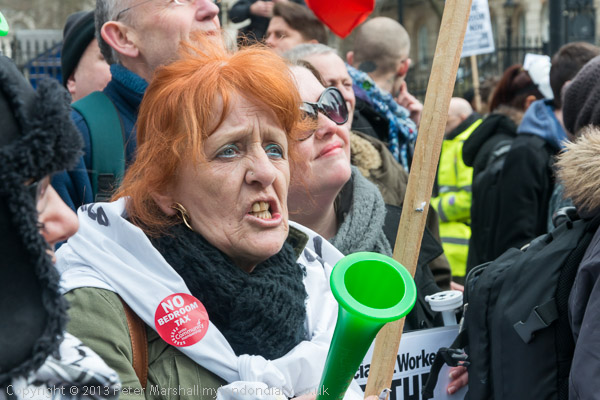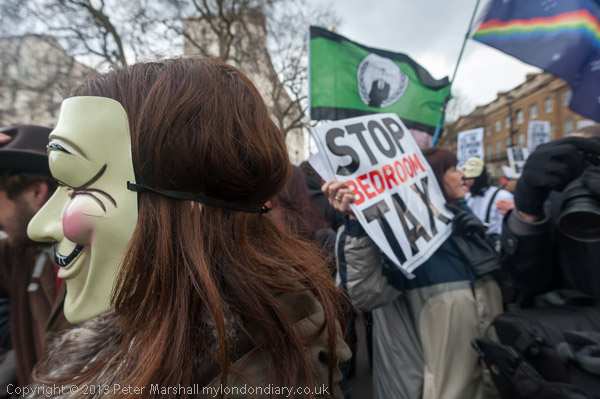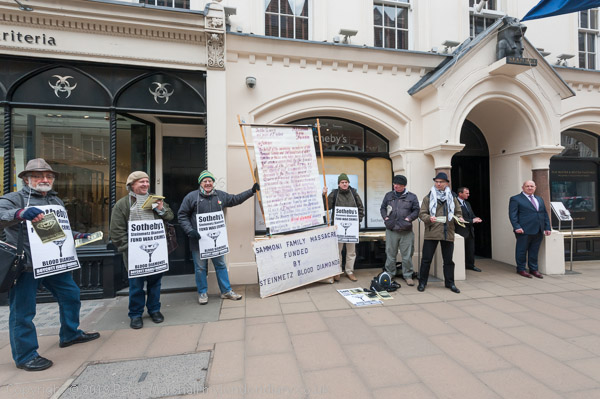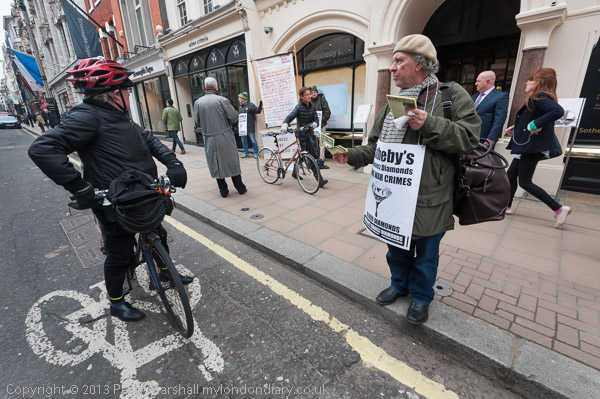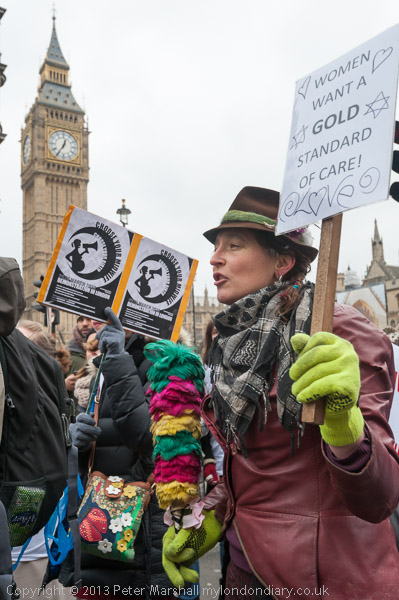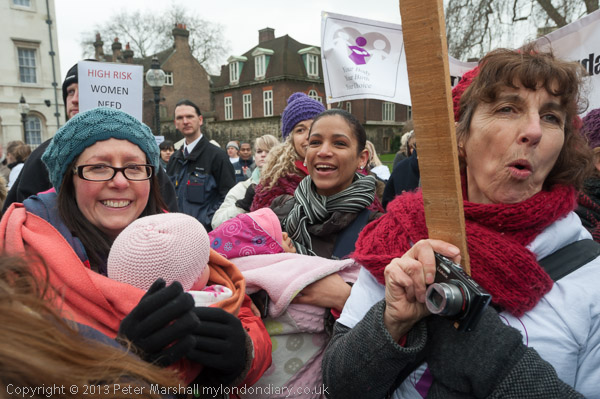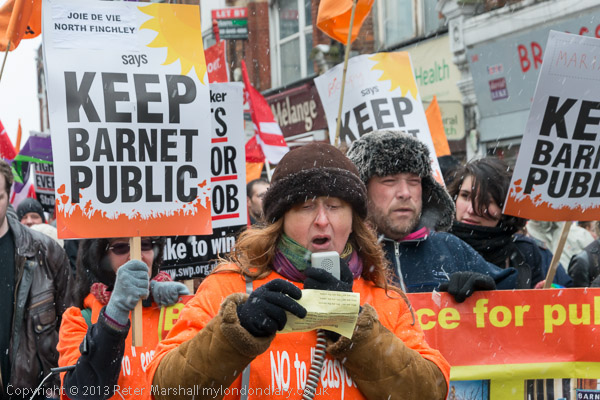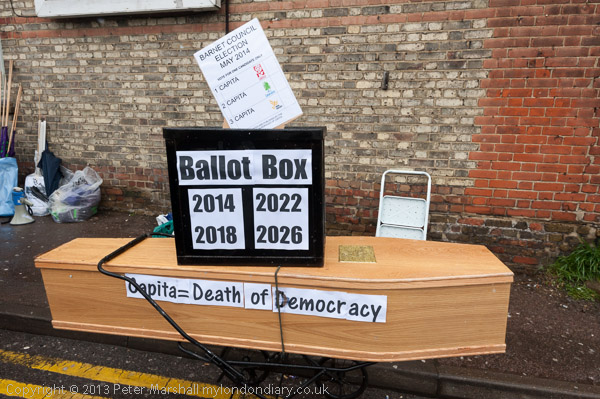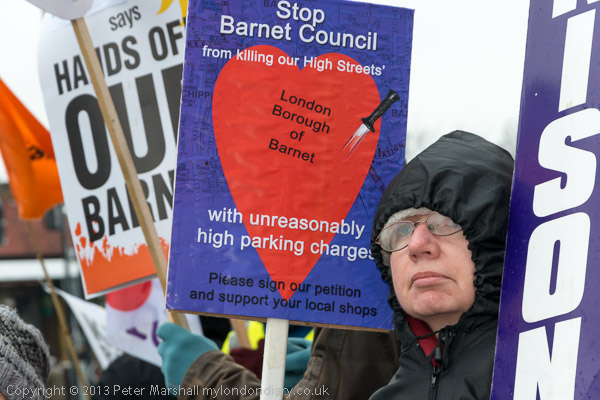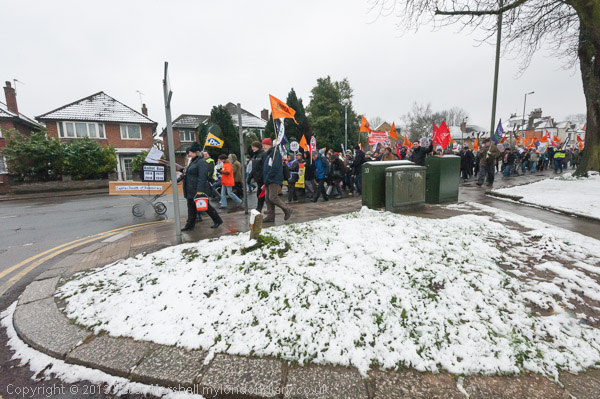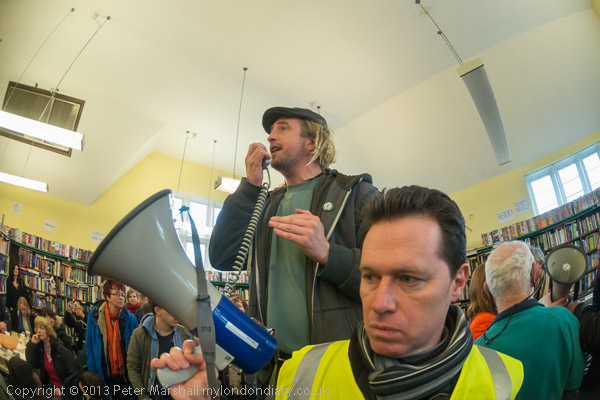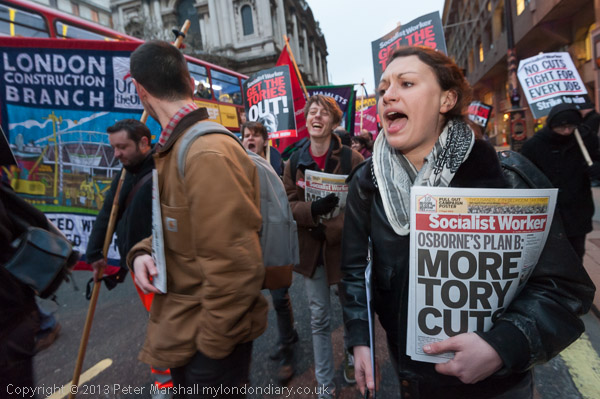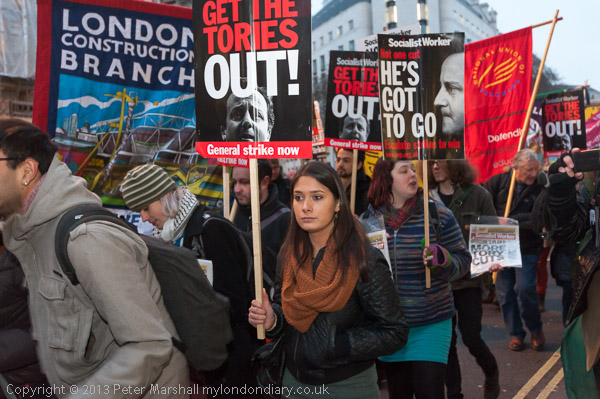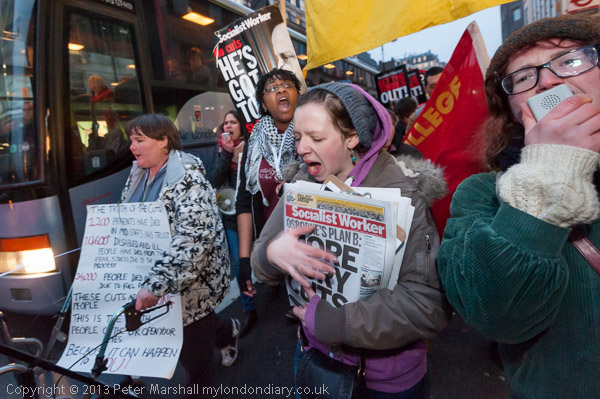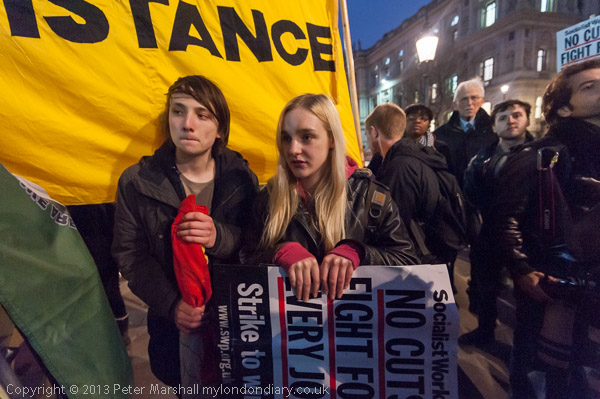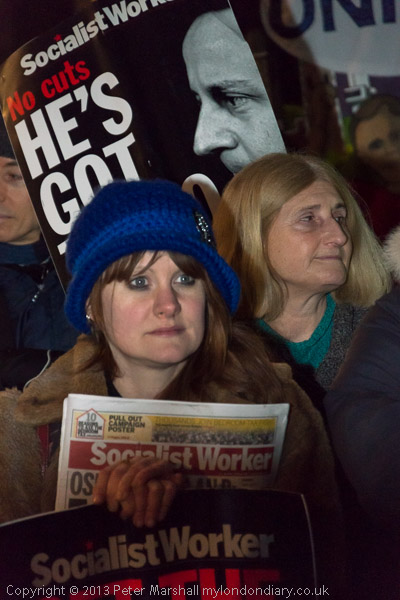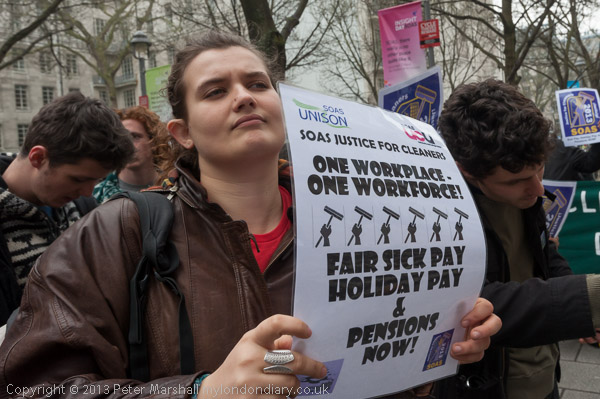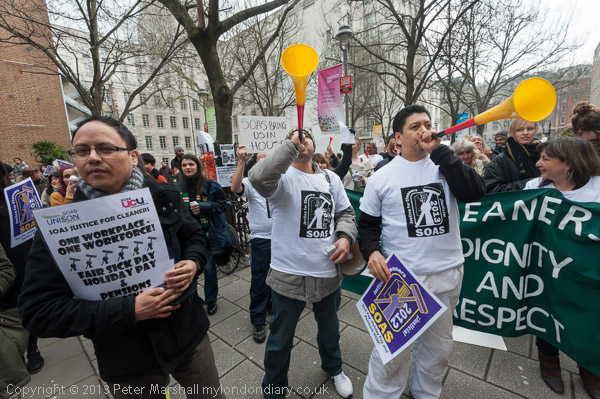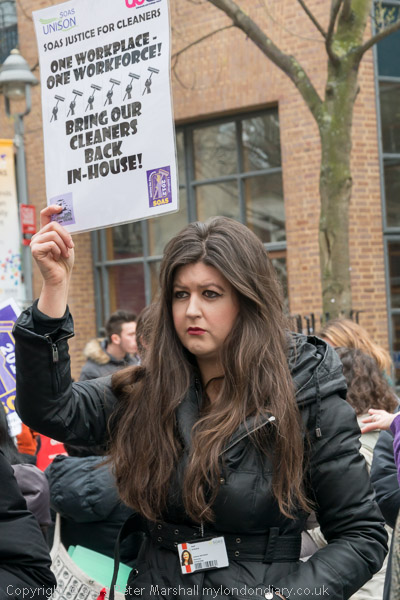Few photographers in the UK get the attention they deserve, and it is only as Thurston Hopkins turns 100 that we get a little – but only a little – media interest in his work. He was one of the English photographers I included in my listing of notable photographers which I compiled on-line around the start of the century, and the subject of a fairly lengthy essay I published in 2005, when he was only 92!
I’d thought that essay had disappeared into the bit-bucket of history, though of course I have my own original copy (but not the rights to publish it) but was surprised to find it still came up in the top 10 on my Google search in a pirated version on a gallery site. Should I be flattered? Or sue?
Hopkin’s best known work was for Picture Post, and it is now the property of Getty Images where you can search the Hulton Archive and find around a thousand of his images on line – or only three if you specify ‘creative’ rather than ‘editorial’. Though I’d classify his editorial work – with a few exceptions – to be unusually creative.
Possibly his best work for PP remained unpublished. Here’s a paragraph of my piece:
The decline of Picture Post was clearly indicated by the fate of the story by Hopkins on Liverpool, arguably his finest work. Taken in 1956, it showed the people of the city living in slum properties with few possessions, through a series of powerful images.
A child peers from the corner of a broken window; a woman washes her face sitting crouched over a bowl of water on a newspaper covered kitchen table, her breakfast cup and plate still on it, an older woman stands among scattered sheets of newspaper in the desolate infinity of an alleyway between the walled yards of back to back streets, clutching a few packets to her breast., desolate and desperate. A child tries to sleep on a sparse bed below a dirty blanket. Covering this are sheets of newspaper, probably more to protect the blanket from falling plaster and drips of water than to keep her warm.
and I continued with the story of what became of it:
The city fathers protested to the proprietor, Edward Hulton about this indictment of conditions in their city. He put pressure on the editor (no longer Tom Hopkinson, who had left the magazine several years earlier following the dispute with Hulton over his printing of a report by Bert Hardy and journalist James Cameron on the mistreatment of prisoners in the war in Korea) and the story was dropped. Twenty years later, other photographers, including Paul Trevor, went back to Liverpool and found little had changed.
The Guardian published a nice blog about him by Observer Picture Editor Greg Whitmore entitled ‘Unsung hero of photography Thurston Hopkins turns 100‘ although as I’ve pointed out he was not entirely unsung – and my essay was probably read by millions around the world. On Friday they published a gallery of 17 of his finest images, almost half from the Liverpool piece, and you can see a more eclectic selection from the Photographers’ Gallery, largely illustrating a curious obsession with autombile fins. Getty’s gallery, which starts off with a curious travesty does improve if you scroll down, but one of the most interesting posts I’ve found on the web was written by the man himself.
